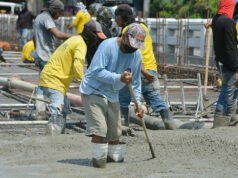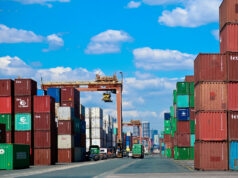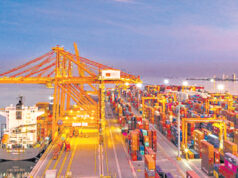Peso rebounds against dollar
THE PESO bounced back on Tuesday as the market took a wait-and-see approach amid global trade uncertainties and a possible pause in the central bank’s monetary policy.
The local unit closed at P50.73 against the greenback on Tuesday, strengthening by 13 centavos from its P50.86 per dollar finish on Monday, according to data from the Bankers’ Association of the Philippines.
The peso opened the session at P50.78 against the dollar. Its weakest point for the day was at P50.915 while its intraday best was at P50.68 versus the greenback.
Dollars traded on Tuesday grew to $1.553 billion from $1.046 billion seen on Monday.
A trader said the peso’s rebound came after the market opted to take a wait-and-see stance amid global trade developments.
“[Peso was stronger] on the back of weak dollar overnight due to uncertainties of US’ trade with China and Europe,” a trader said in a phone call.
Meanwhile, another trader attributed the peso’s strength to the market factoring in a possible pause in monetary easing from the central bank.
“The peso strengthened on expectations of steady monetary policy decision from the Bangko Sentral ng Pilipinas this week,” he said in an email.
Most Asian currencies were rangebound on Tuesday, as investors took to the sidelines awaiting further clarity on an interim trade deal between the United States and China.
Markets were cautious ahead of a speech by US President Donald Trump to the Economic Club of New York later in the day for any new word on the Sino-US “phase one” trade pact.
The optimism around a possible resolution to the protracted trade dispute faded a bit after Mr. Trump said on the weekend there had been incorrect reporting about US willingness to lift tariffs on Chinese goods.
Mr. Trump is expected to announce this week he is delaying a decision on whether to slap tariffs on cars and auto parts imported from the European Union, likely for another six months, according to EU officials.
The Trump administration has a Thursday deadline to decide whether to impose threatened “Section 232” national security tariffs of as much as 25% on imported vehicles and parts under a Cold War-era trade law.
US Commerce Secretary Wilbur Ross, whose agency is overseeing an investigation into the effect of auto imports on US national security, said on Nov. 3 the United States may not need such tariffs after holding “good conversations” with automakers in the European Union, Japan and South Korea.
Meanwhile, back home, the BSP’s Monetary Board will hold its seventh policy setting meeting on Thursday, Nov. 14.
BSP Governor Benjamin E. Diokno told ANC and Bloomberg earlier this month that the central bank is done cutting rates for this year.
For today, the first trader sees the peso ranging from P50.65-P50.95 against the dollar, while the second trader said the local unit could play around the P50.65-50.85 band. — Luz Wendy T. Noble with Reuters



